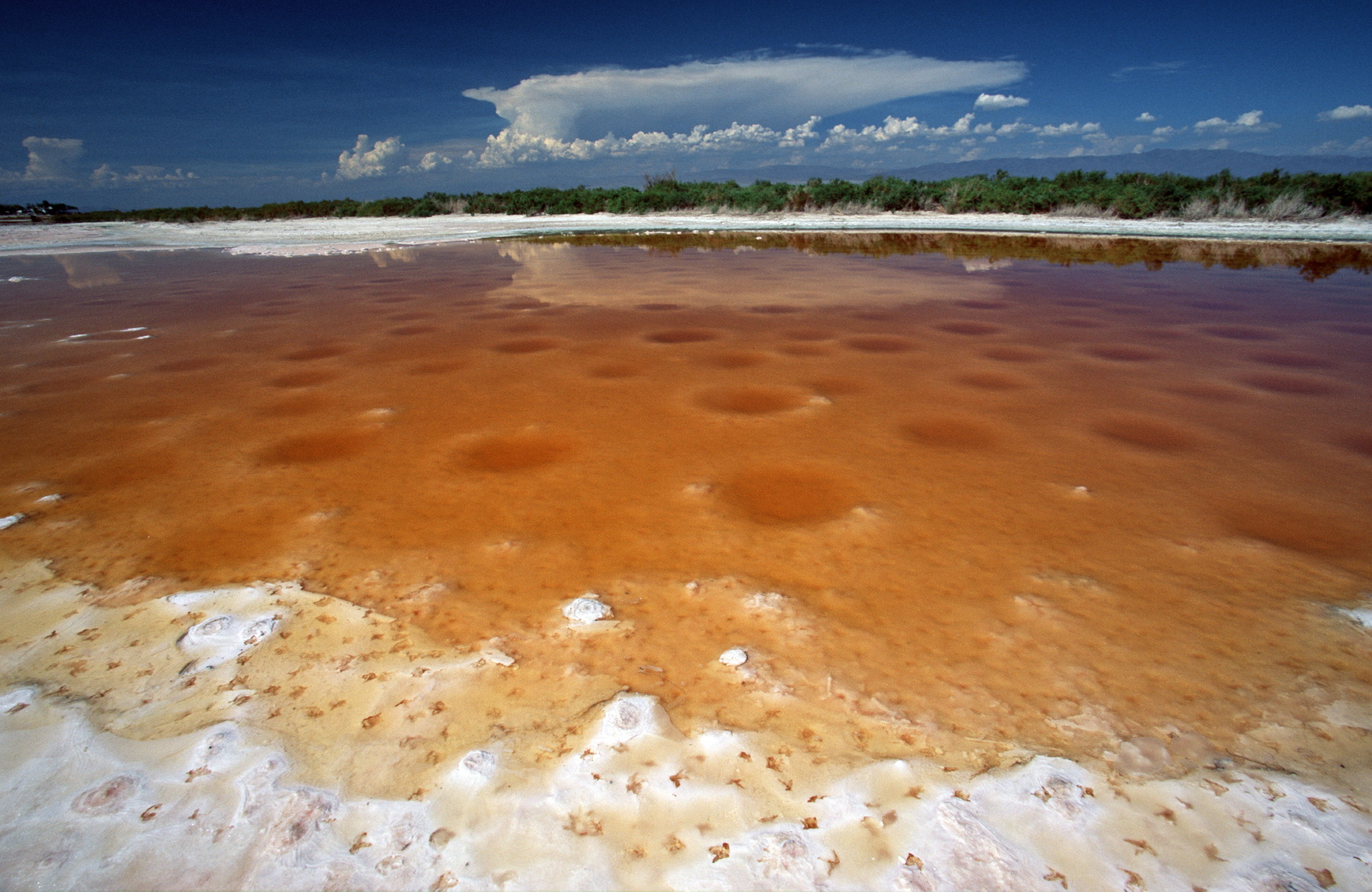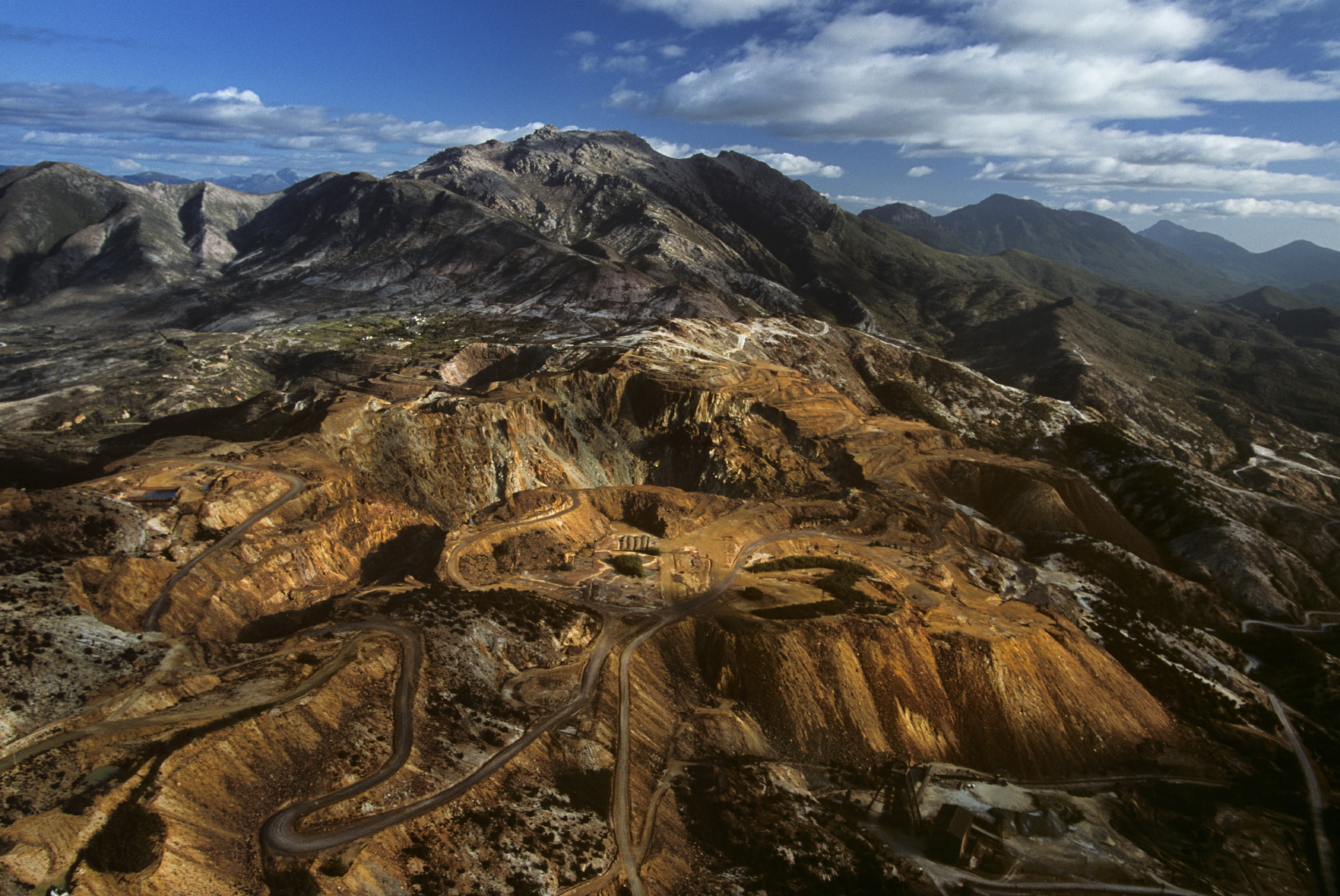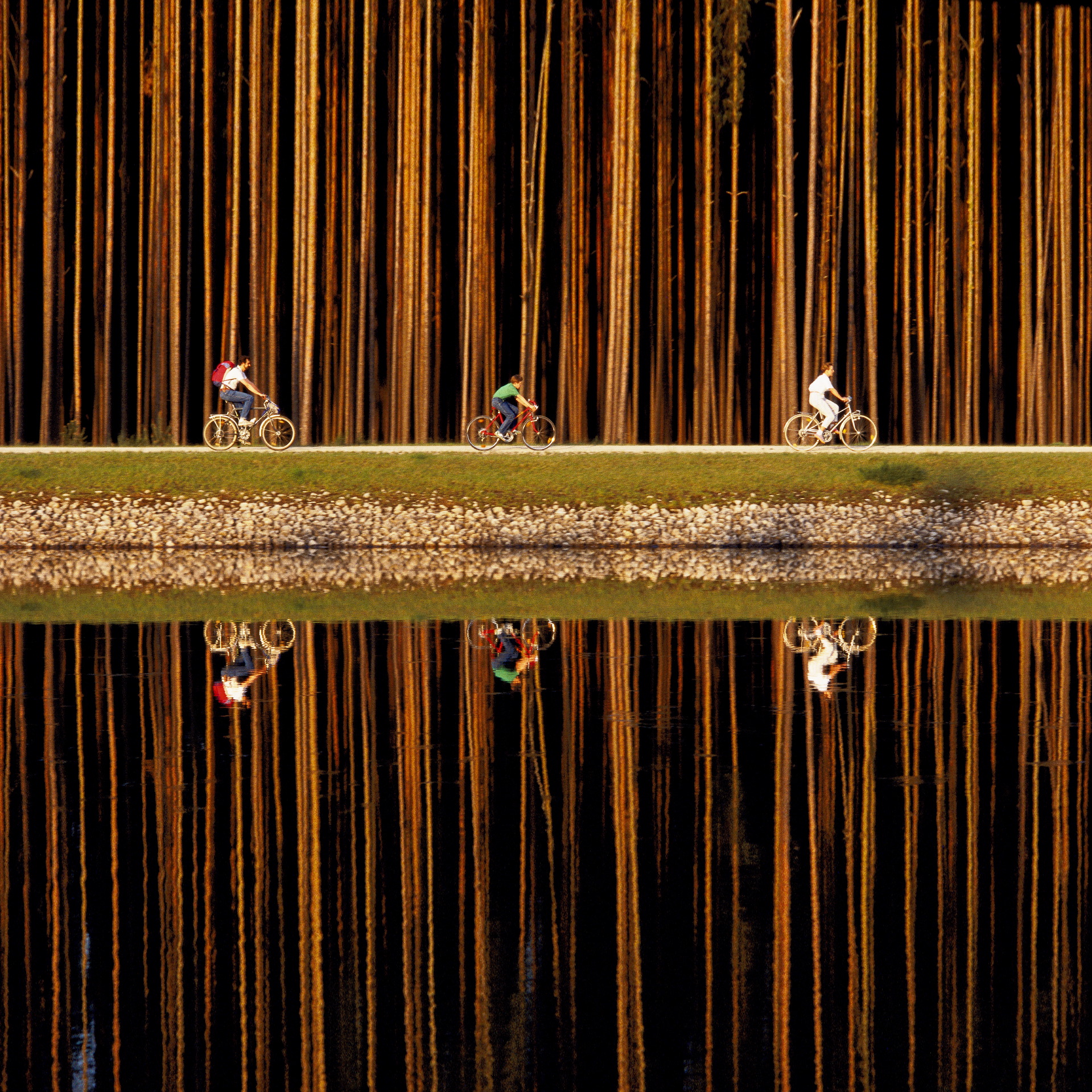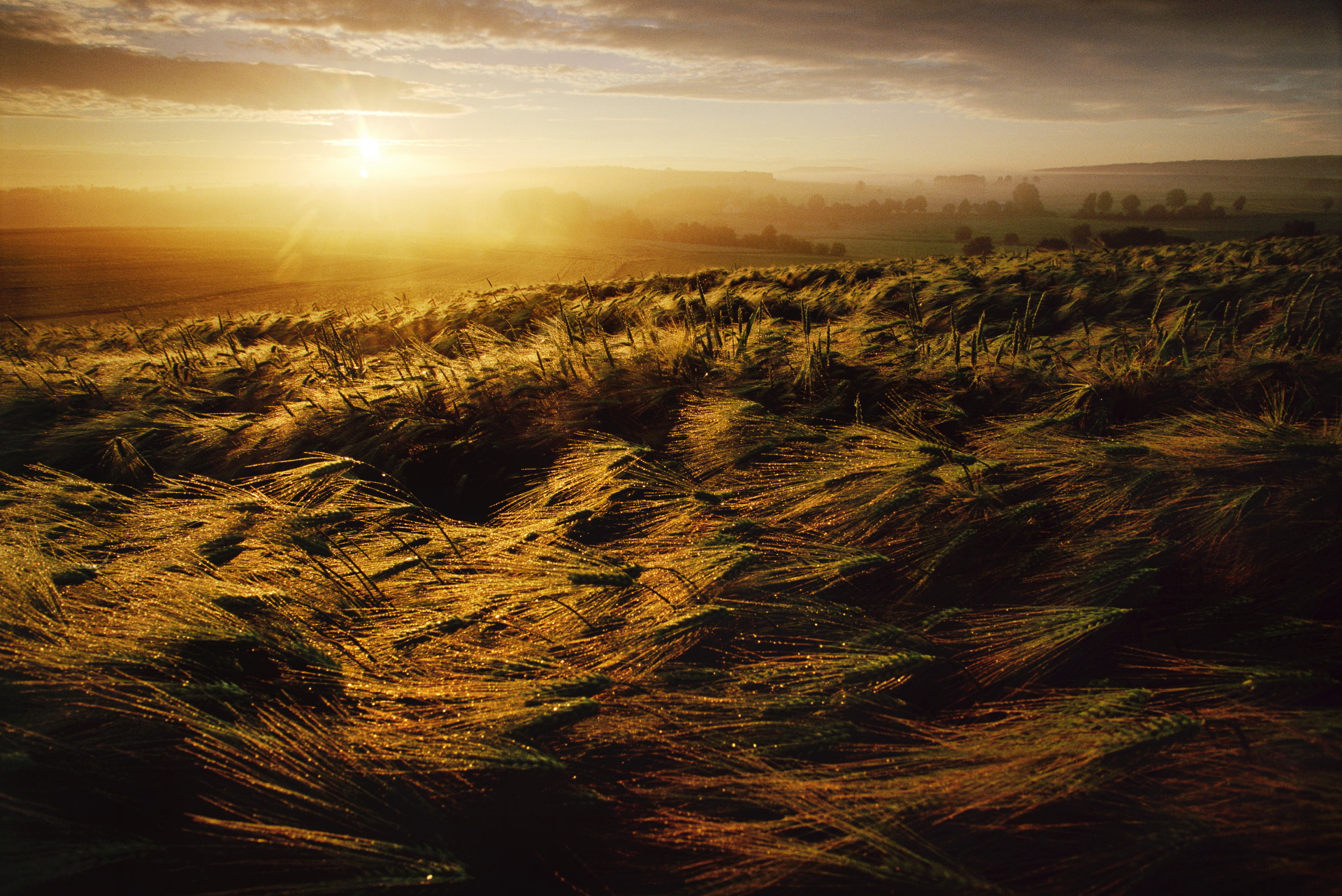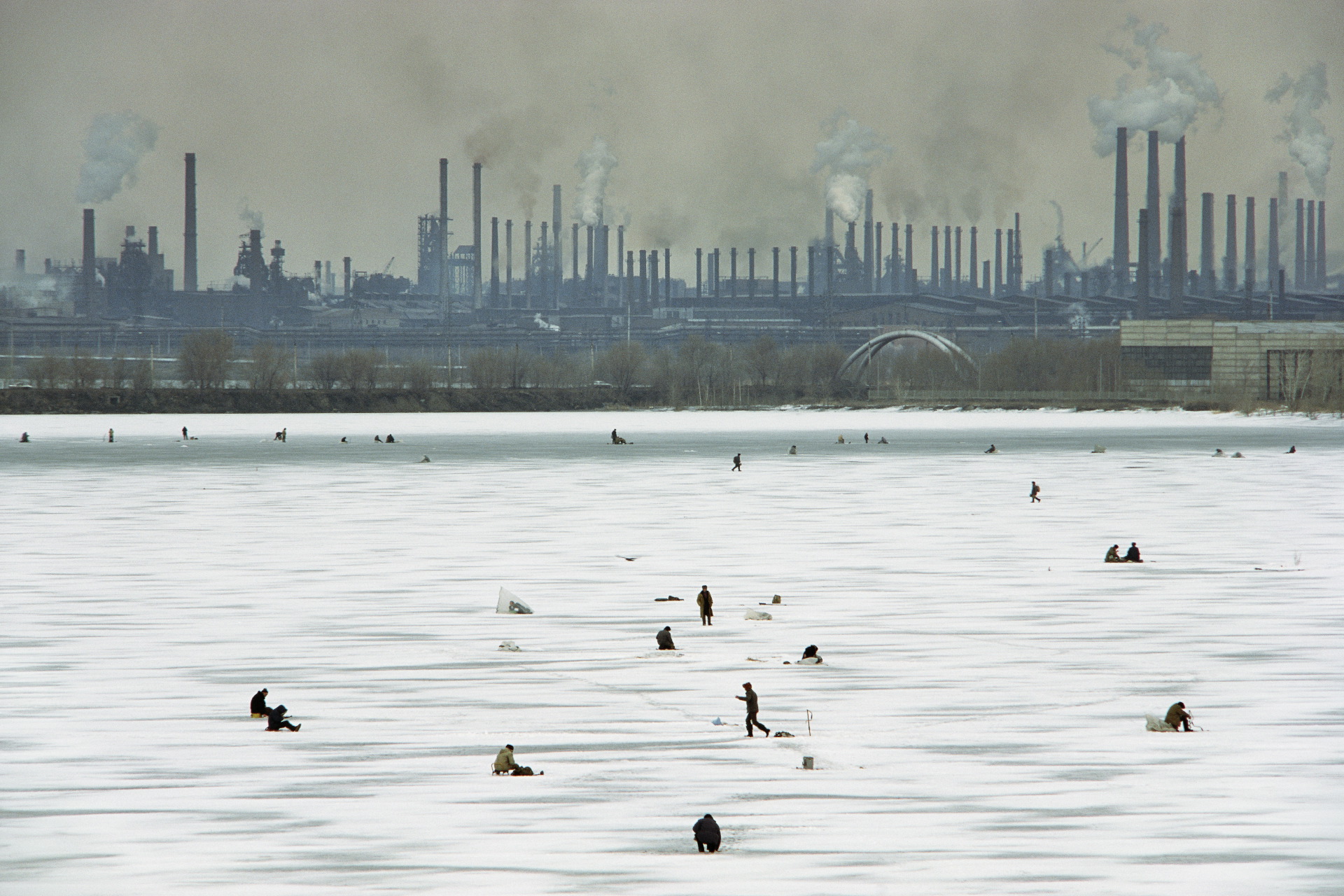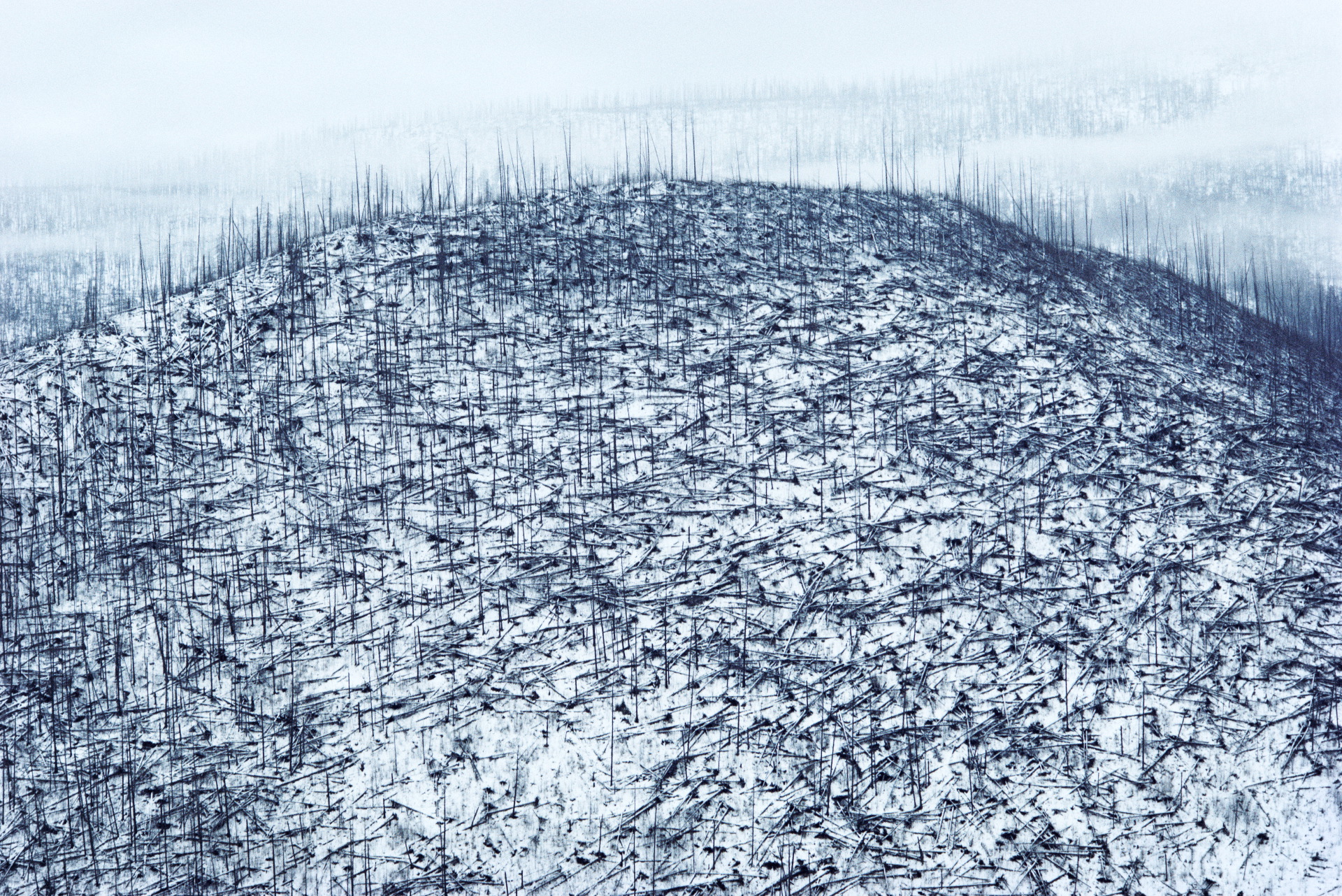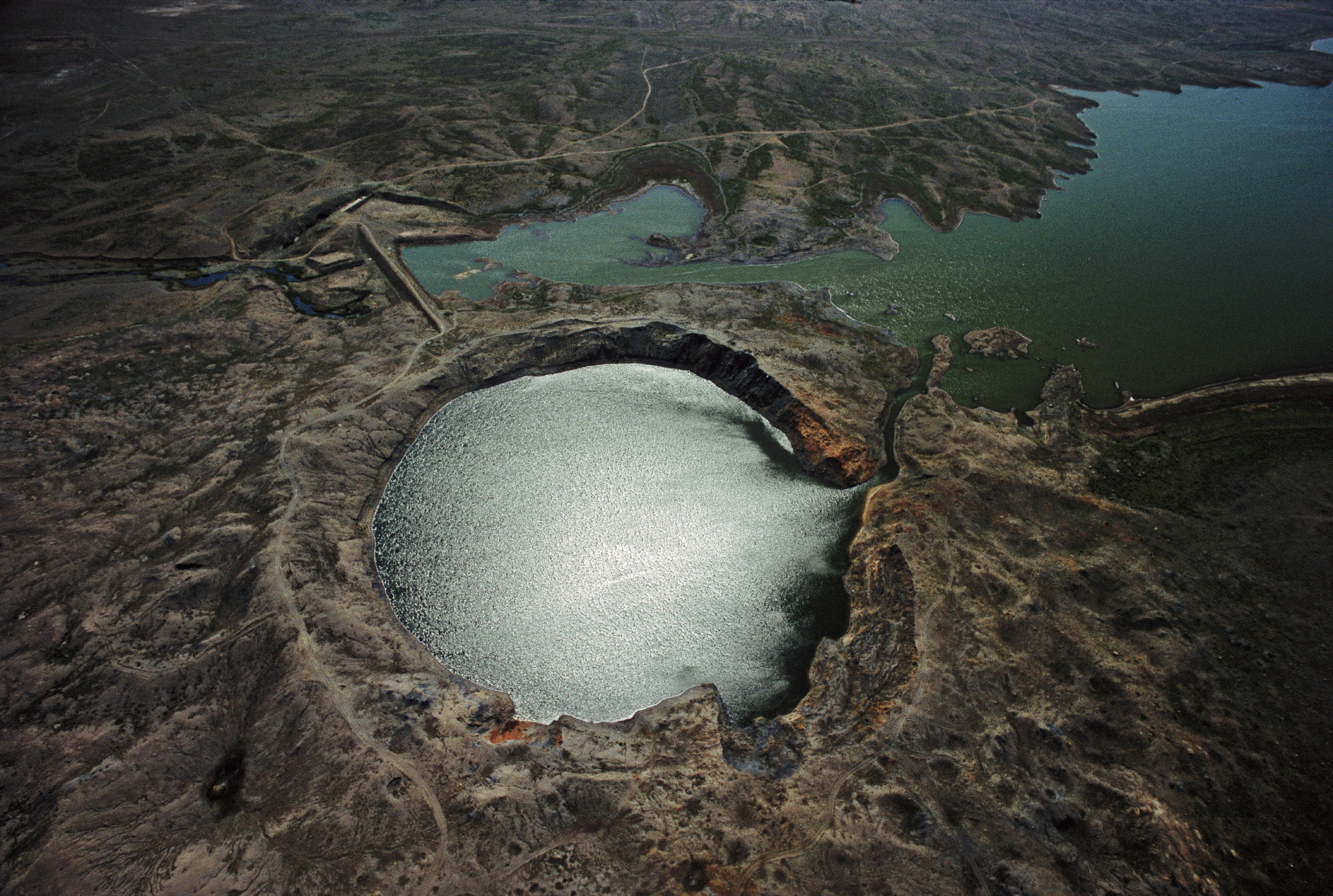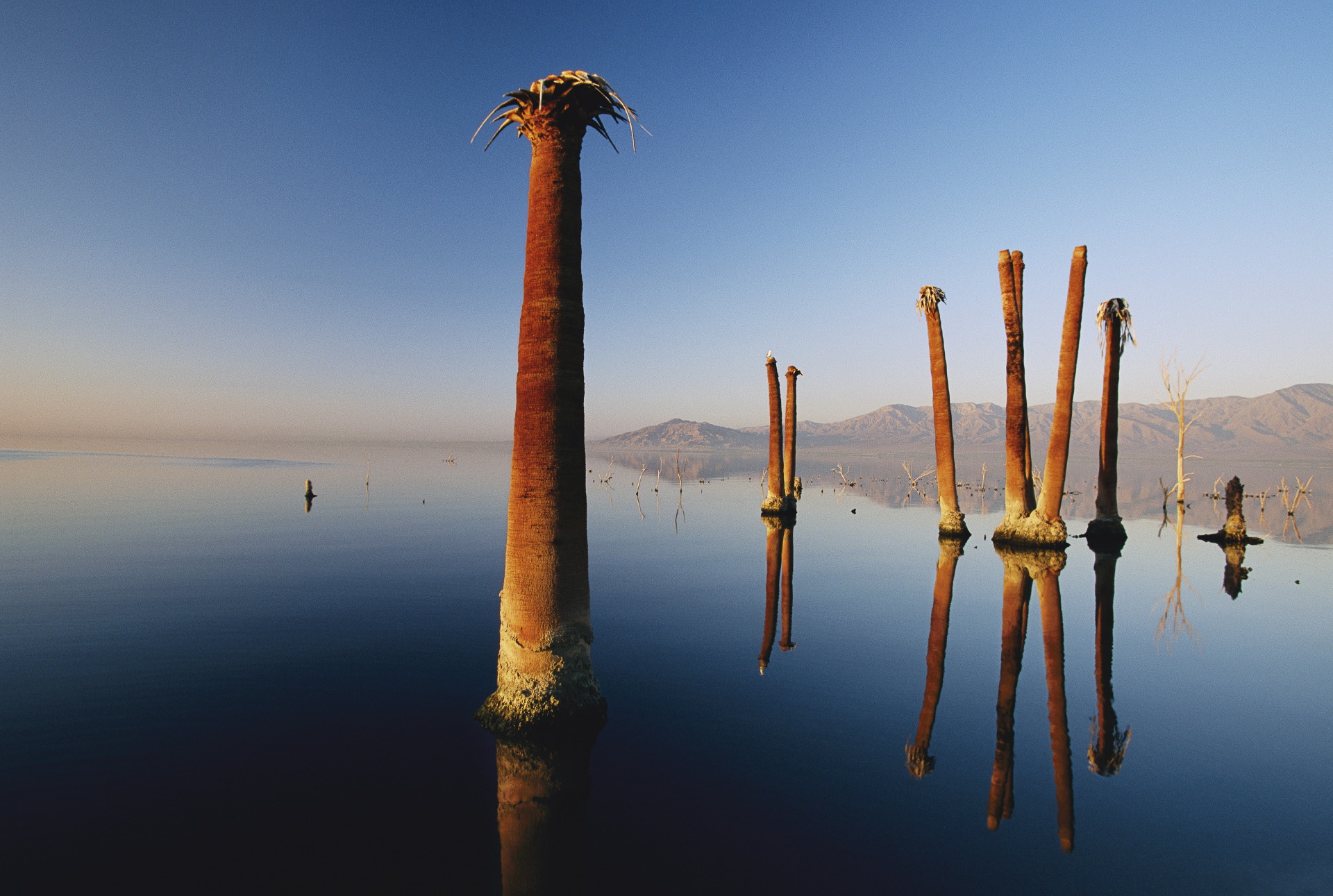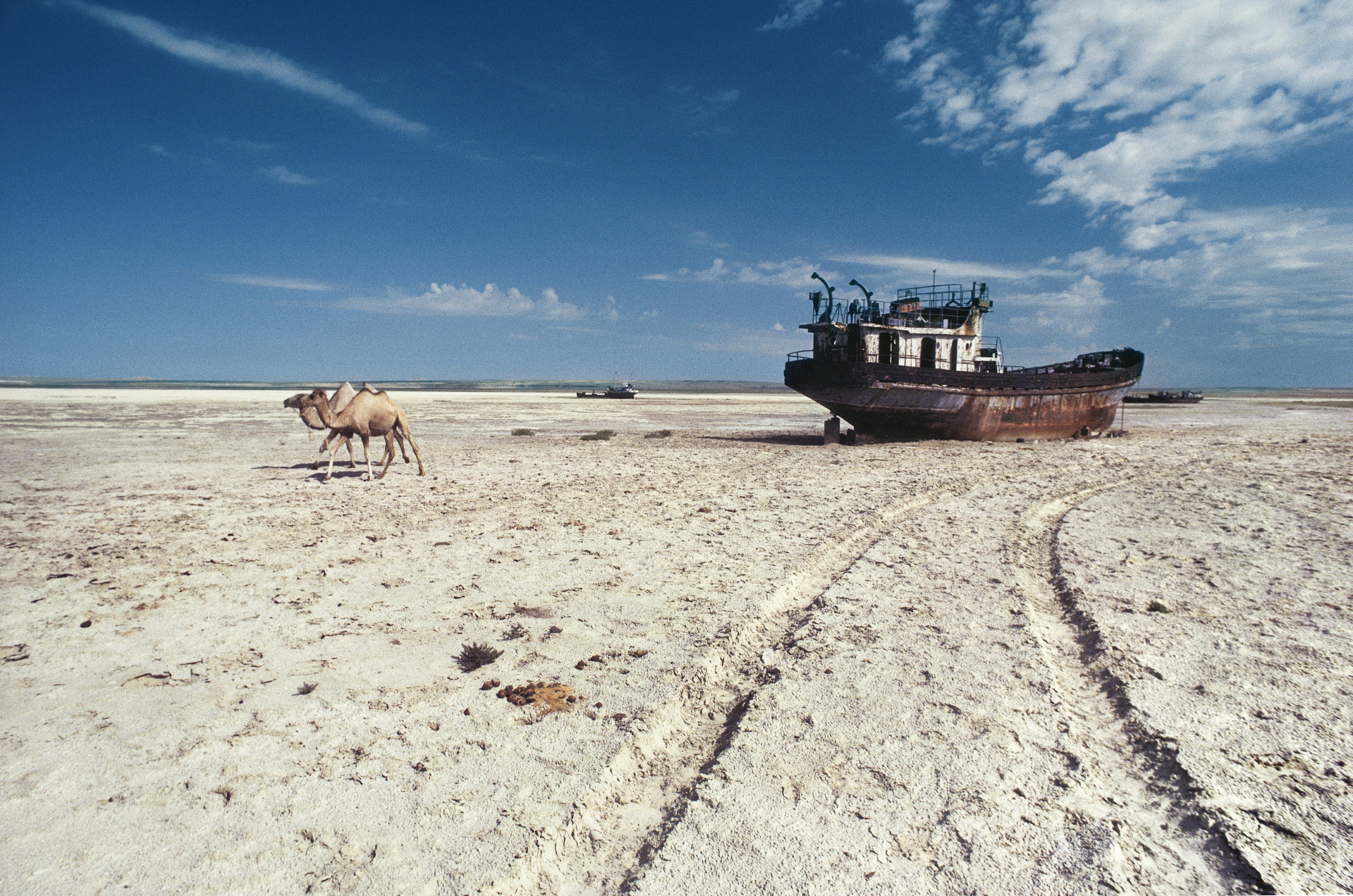The roots of these landscape photographs reach back to Gerd Ludwig’s childhood experiences. After WWII, his family was expelled to a small village in the German countryside. In the bleak postwar era, he often accompanied his mother and other women of the village to collect the berries in the dense woods. Here, on summer afternoons, he would nap on the dry leaves of the warm forest floor, overwhelmed with a feeling of infinite happiness as he drifted to sleep – that experience of harmony with the surrounding nature and a peaceful, magical unity with the universe.
“This feeling arises again today when I roam with my camera, the landscape spreading before my eyes like a paradise propels me back into my childhood years. My search for pristine landscapes, however often confronts me with the catastrophic effects of humanity’s disregard for nature.”
This collection of landscape photographs juxtaposes views of paradisal beauty with images of landscapes devastated by man. In the former USSR, the environment was marked by a legacy of irresponsibility: rivers became open sewers and leaking oil wells in Azerbaijan devastated entire regions. In the US, California’s Salton Sea saw millions of fish suffocate in a single day while the trees of The Smoky Mountains in Tennessee were destroyed by years of acid rain. Paradoxically, in Germany, an artificial canal cut into a pristine forest reveals the beauty and symmetry of trees.
At a first glance even these destroyed landscapes appear irritatingly attractive, provoking the viewer to introspection and sadness – a feeling of innocence lost and a fall from paradise. Meanwhile, other images underline the magical beauty and quiet dignity of nature on our planet. Seen side-by-side, the similar aesthetic of both the destroyed and intact landscapes confronts the viewer with a contradiction to solve, and an urge to learn more about the content of the scene, providing a plea for the preservation of our environment.


